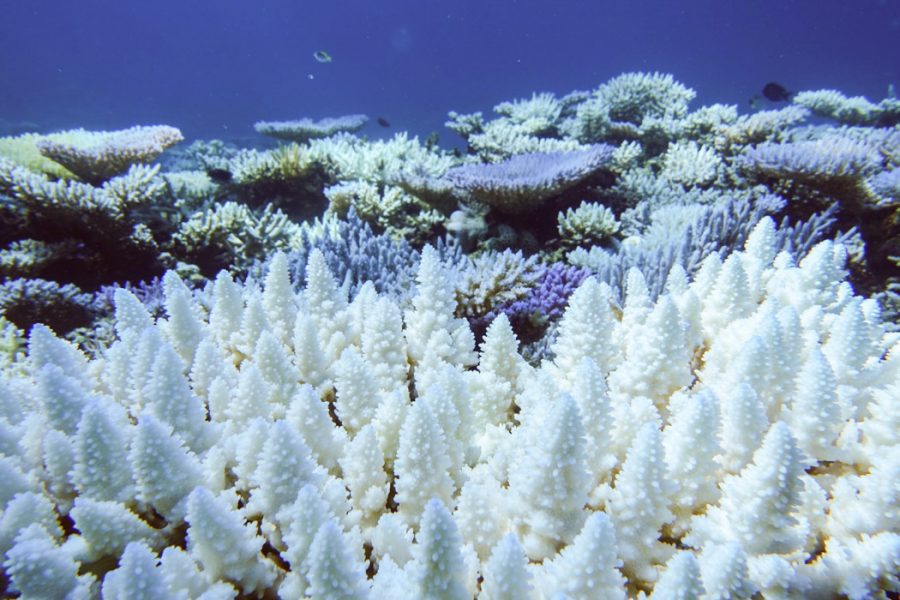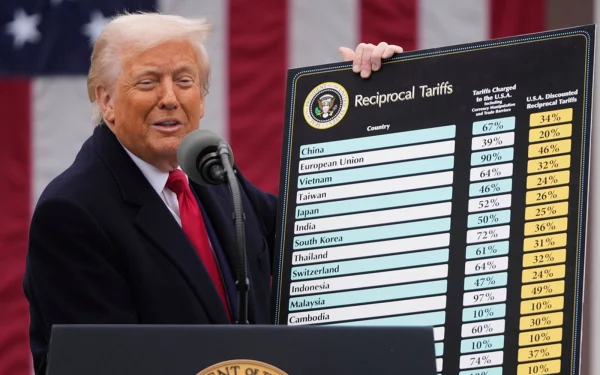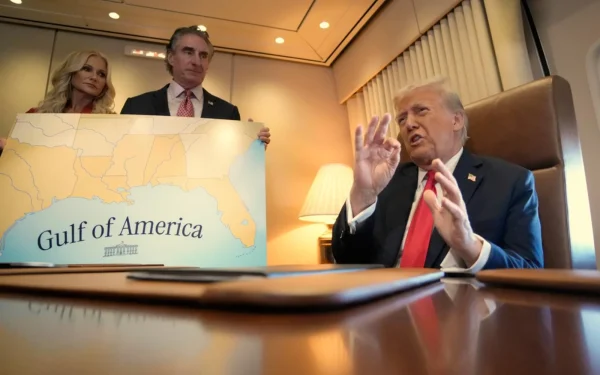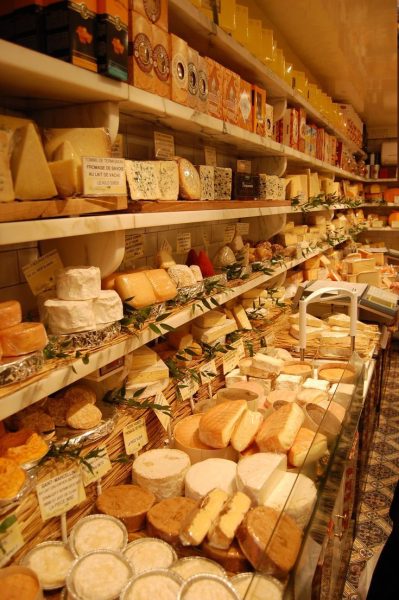The Great Barrier Reef: A Legend and Tragedy
The result of coral bleaching.
The Great Barrier Reef, which stretches over 1430 miles along the coast of Australia, is home to over 8,000 species of marine life, although new species’ are being discovered frequently, the most recent being a new species of coral discovered in 2017. The uniqueness and magnificence of the reef attracts more than two million visitors every year and contributes around $5.4 billion to the Australian economy. Animals such as dolphins, turtles, sharks, sea snakes, large algae, and more interact to form a sensitive and intricate ecosystem, reliant on the corals for survival. But because of the rise in sea temperatures due to climate change, the coral and all the organisms that inhabit it are gravely at risk. “We found the number of small, medium, and large corals on the Great Barrier Reef has declined by more than 50% since the 1990s,” reported co-author Terry Hughes, a distinguished professor at the ARC Centre of Excellence for Coral Reef Studies, in a statement to CNN News.
Before we go into the reason why climate change affects the reefs, we need to dive deep into what really happens underwater. Corals are made up of a group of small animals that build a hard exoskeleton, which are the structures that we can visibly see. When corals form a healthy, symbiotic relationship with algae, the coral produces a fluorescent chemical, which protects the algae from the UV rays of the sun, like sunscreen. In return for protection, the algae perform photosynthesis to provide food and oxygen to the coral. There is also a strong mutual dependency between the coral reef and the marine life around it, with many fish species depending on the corals for food, and shelter and the corals depending on the grazing fish for reproduction.
This takes us to why a rise in sea temperatures affect these intriguing creatures. The coral and algae have developed together to survive in a specific temperature range under the water. As the sea temperatures rise, mainly because of human-caused climate change, the algae begins to produce toxic products to the algae, which in turn discharge the algae. This chemical reaction is called bleaching because the coral becomes white, exactly like how hair turns blond when bleach is applied. According to National Geographic, a 2018 study showed that around one-third of the coral in the Great Barrier Reef had undergone bleaching. Researchers had also discovered that high amounts of coral had died in the warm waters, almost immediately, even before they could expel the algae, which signifies even more prominent risks from climate change than they previously thought. Climate change is not the only threat to the reef. Runoff from chemical and various forms of pollution, coastal development, and overfishing can also harm these reefs and its biodiversity. There have also been two outbreaks since 1995 of the crown-of-thorns starfish, a species of starfish that feeds on the corals. When the outbreak occurs in small numbers, it is considered part of the natural ecological cycle, but when a large outbreak happens, they can easily and rapidly destroy parts of the reef.
But all of these causes create a very alarming reason for the disappearance of corals because, without reefs, there would be no oceans, which cover over 70% of the Earth’s surface. “Somewhere between a quarter and a third of all marine species everywhere has some part of their life cycle in coral reefs,” reef expert John Veron told CNN in 2018. If coral reefs are wiped off of the planet, almost half of all marine species will go extinct, which would cause a catastrophic ecological collapse. Coral reefs also control the carbon-dioxide content in the water. The carbon dioxide in water is converted into a limestone shell by the coral. If corals go extinct, the excess of carbon dioxide in water and hence, our marine biodiversity would die and that would, eventually, lead to all living things on earth to die. Coral reefs also protect coasts from current because they slow down the water before they reach the shore, hence the name “barrier” reefs as they literally create a barrier between the shore and the ocean.
The hope is that if the temperature does stabilize later in the century, the coral reefs will be able to reassemble and rebuild their numbers, but even then, according to CBS News, Terry Hughes, from James Cook University, says “we don’t think they’ll rebuild into the mix of species that we’ve known historically.” People are making a determined effort to help save this coral reef and because climate change is one of the most important causes of the damage, any effort to lower world temperatures would matter. Changes to personal lifestyle such as using less energy, producing less waste, choosing to use environmentally-friendly products, and even little things like eating locally sourced foods that don’t need to be shipped can reduce carbon emissions.







Adam • Mar 20, 2025 at 7:48 pm
Thanks for sharing your story. I am seeking contributions such as articles and opinions for a special edition of the Journal sustainability. It may be a long shot but you may wish to keep story telling and have an impact.
Search “New Science and Management Approaches to Support Coral Reefs in a Time of Rapid Climate Change” and “Sustainability”
Articles due by World Oceans Day 8 June 2025